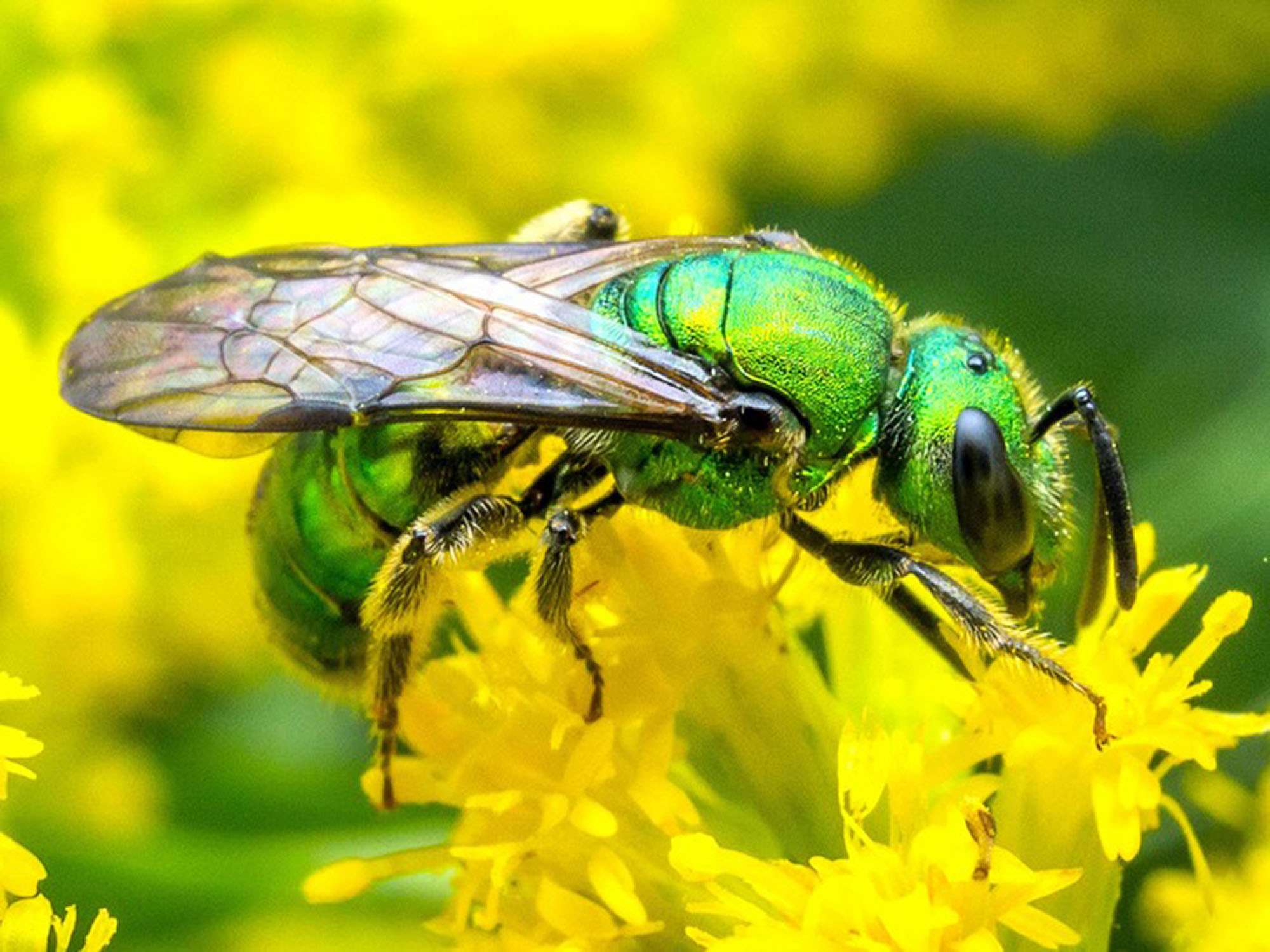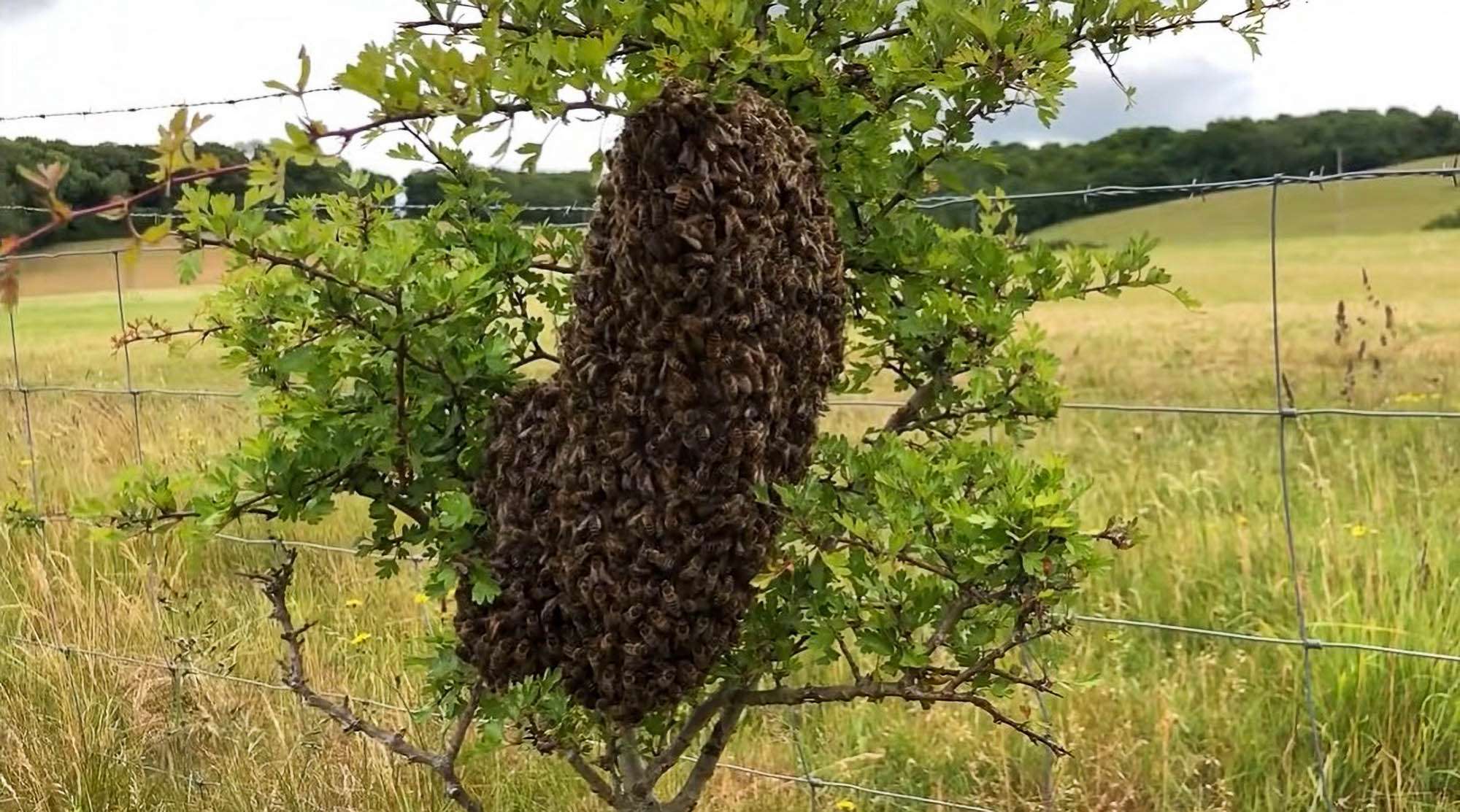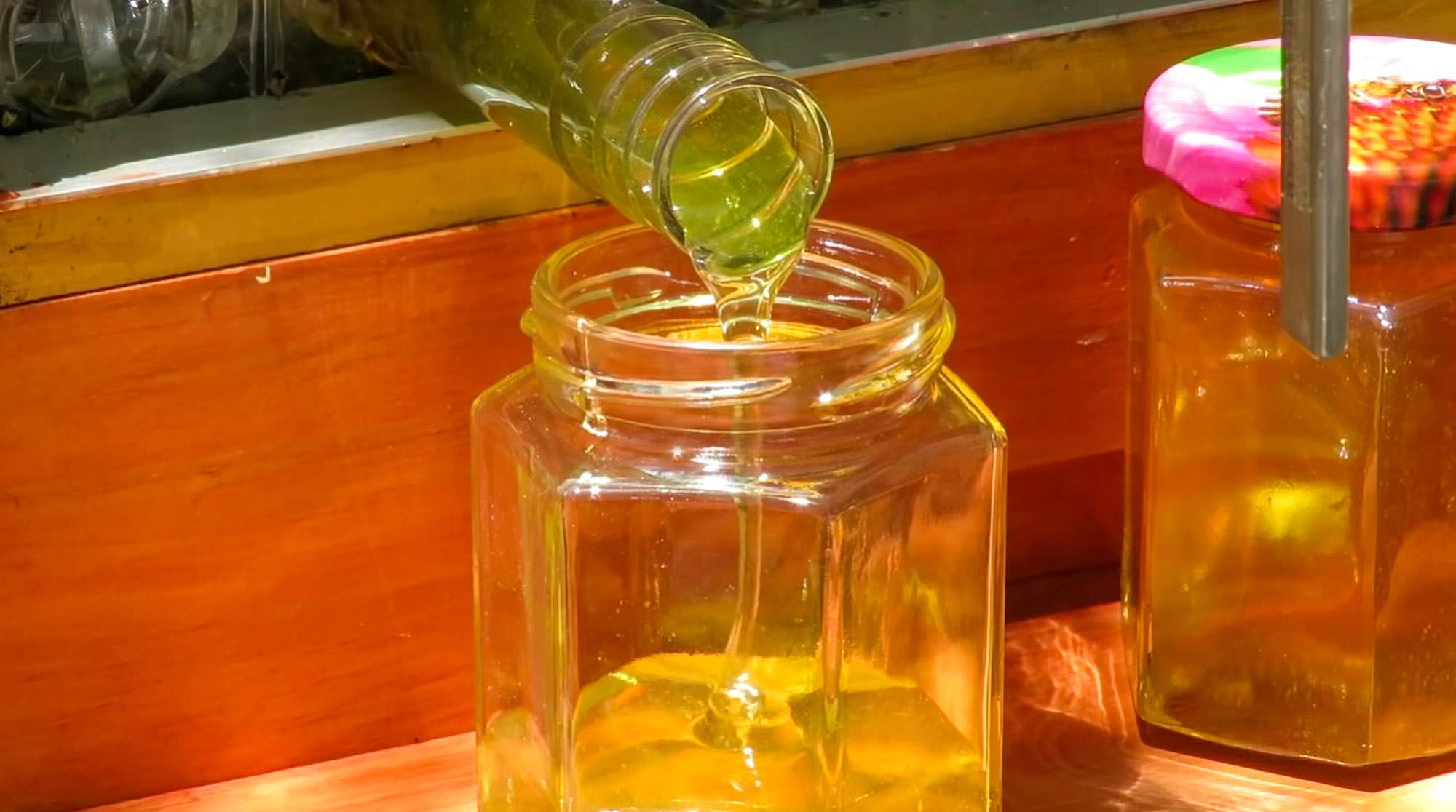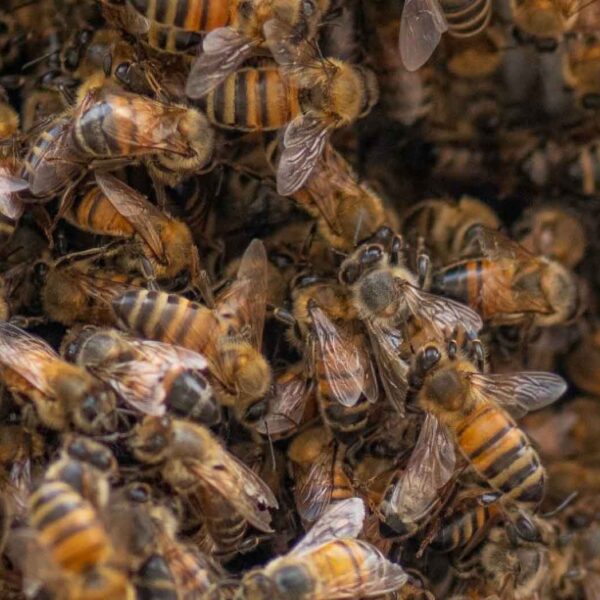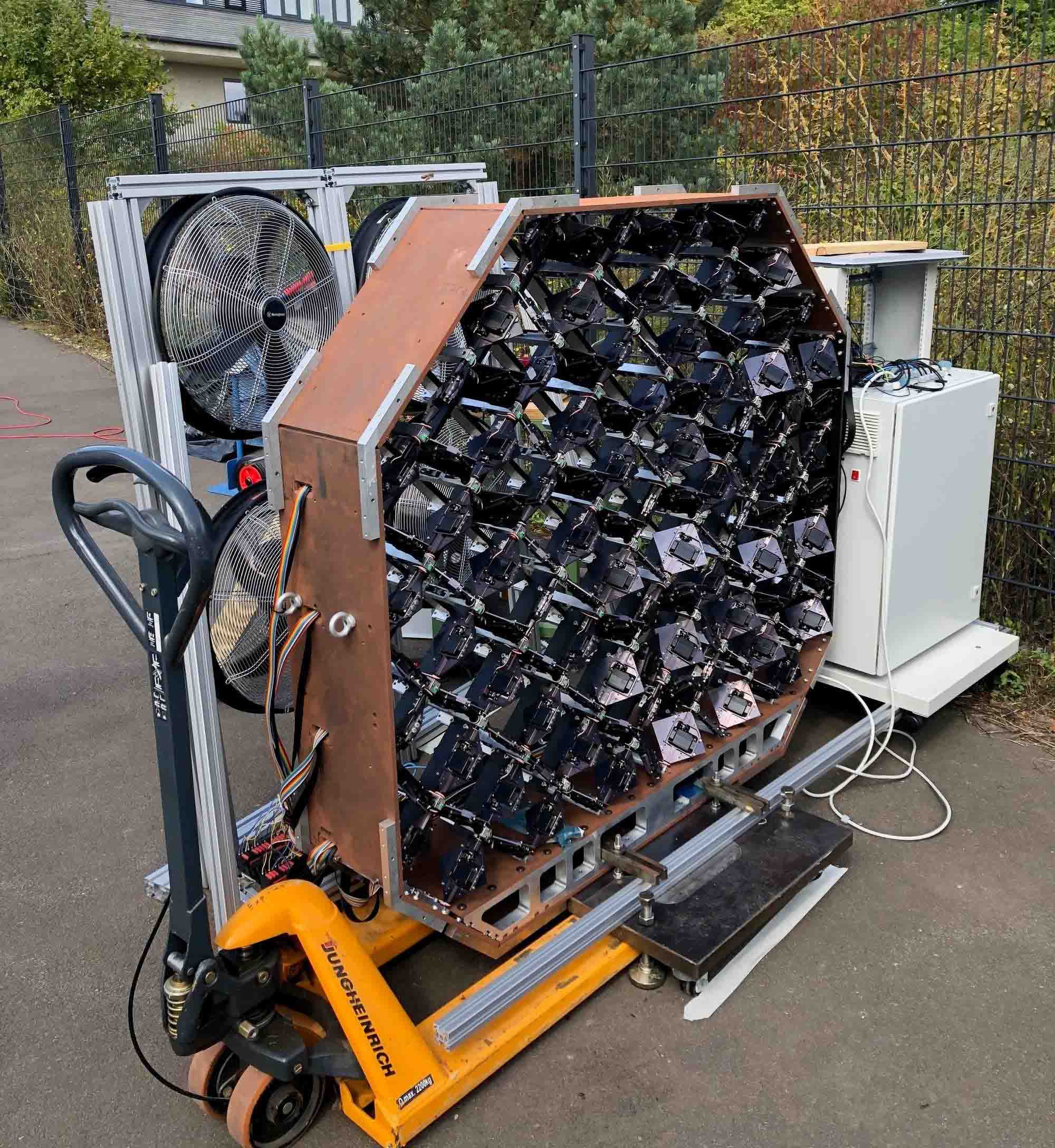Biodiversity among wild-bee communities in Pennsylvania declined while one-third of species decreased in abundance, according to a comprehensive study.
Scientists from Pennsylvania State University (Penn State) set out to characterise changes in bee community biodiversity and changes in abundance of specific species between 2014 and 2019.
Their examination – which took place in and around the institution’s Fruit Research and Extension Center near Biglerville, southern Pennsylvania – underlines the value of standardised, season-wide sampling across multiple years for identifying patterns in bee biodiversity.
Study lead author Nash Turley from Penn State’s Department of Entomology said: “Pollinators facilitate the reproduction of more than 80 per cent of flowering plants and increase the yield of about three-fourths of crop species.”
The ecologist added: “Tracking changes in bee biodiversity is important for developing pollinator management plans that can help sustain wild plant communities and maximise crop yields.”

The experts sampled bees at eight locations adjacent to four active apple orchards, collecting bees continuously from April through October each year and removing specimens from traps weekly for species identification.
Study co-author David John Biddinger – who is a tree fruit research entomologist – explained: “These orchards are in a landscape that has high diversity and abundance of native plants and pollinators. Just around eight per cent of the landscape is active orchards, and all of them are successfully pollinated only by wild pollinators.”
The researchers examined more than 26,700 individual bees representing five bee families, 30 genera and 144 species.
Mr Turley revealed: “We collected 33 per cent of the total number of bee species that have been found in Pennsylvania.”
The largest number of specimens and species collected came from the family of Apidae which includes bumblebees, honeybees and carpenter bees.
The scientists found strong evidence for seasonal changes in all measures of biodiversity, indicating that bee communities are completely different almost every month.
When measuring abundance, they counted an average of 21 bees per site in April, compared to 168 bees per site in July. Species richness showed a similar pattern, with an average of nine species found per site in April, increasing to an average of 21 species in July.
The Penn State researchers stressed that further investigations were needed to determine whether the changes they observed are part of a larger trend or just a consequence of year-to-year fluctuations.
The Penn State team of experts published their study entitled “Six years of wild bee monitoring shows changes in biodiversity within and across years and declines in abundance” in the magazine Ecology and Evolution-
Pennsylvania State University is a public research university with facilities at several locations in the eastern US State of Pennsylvania. It was founded in 1855.

